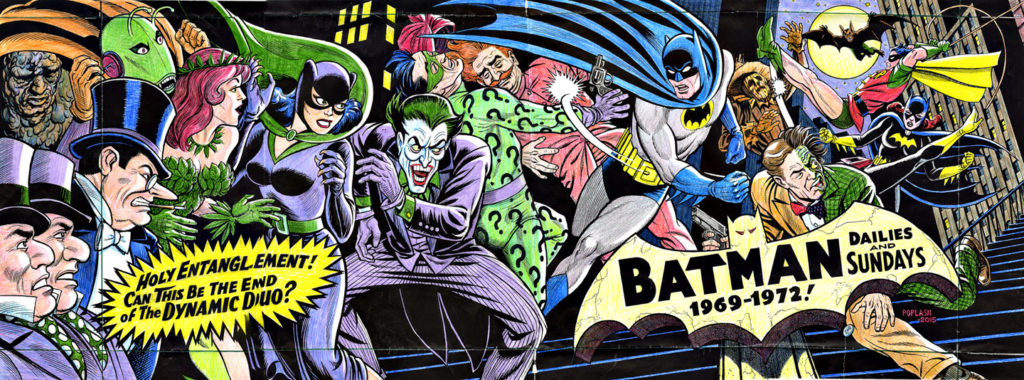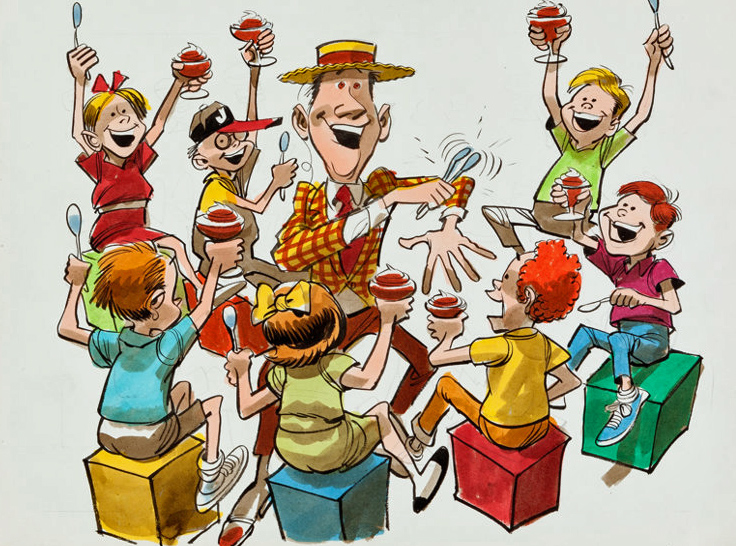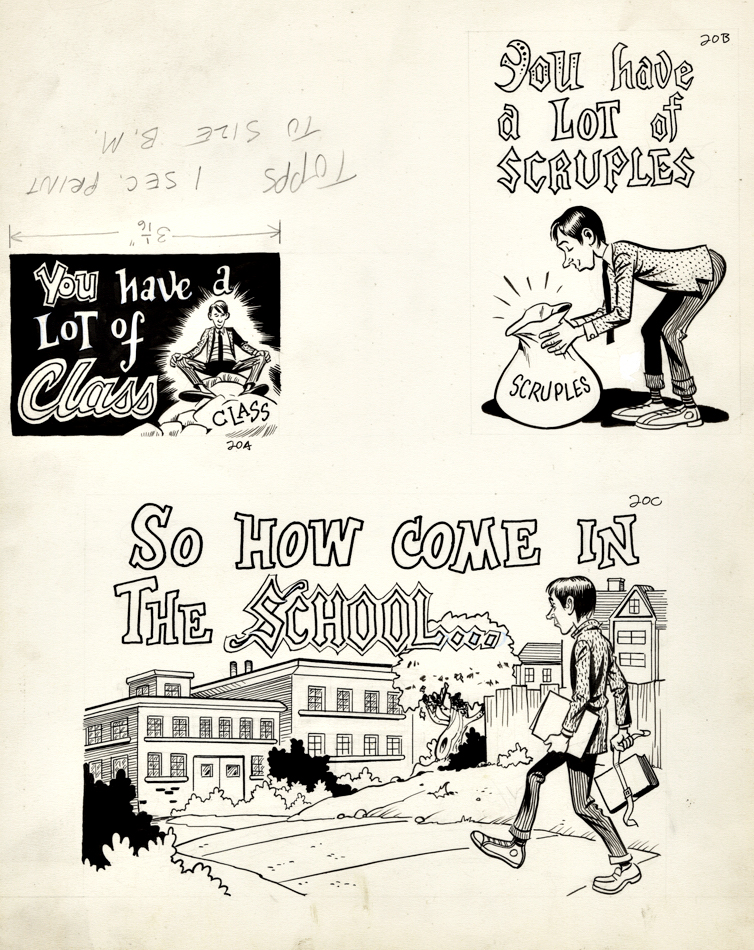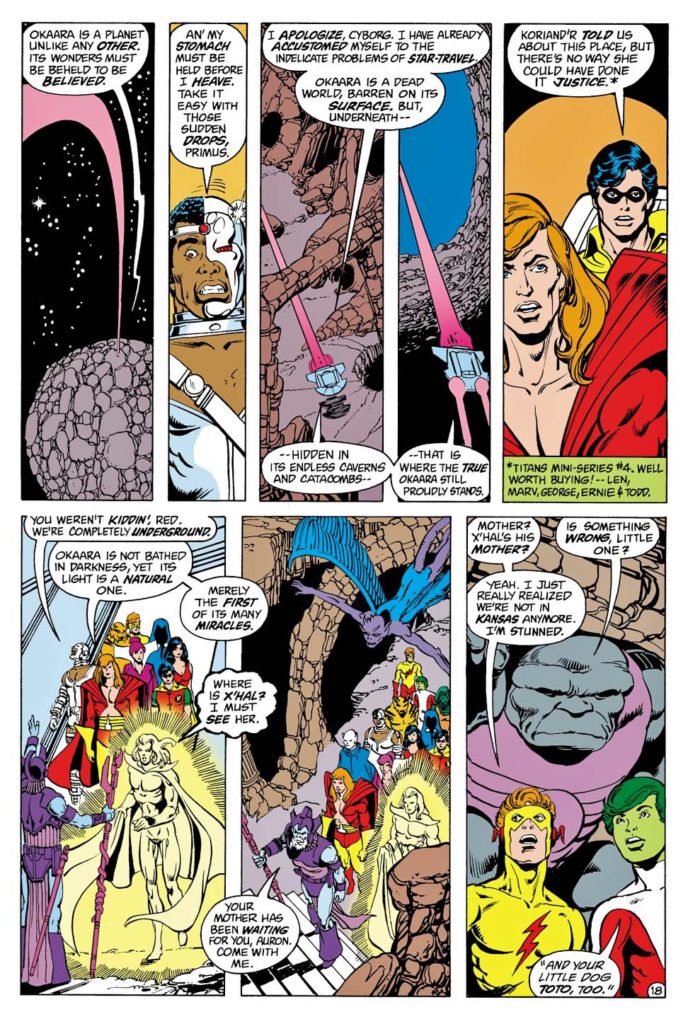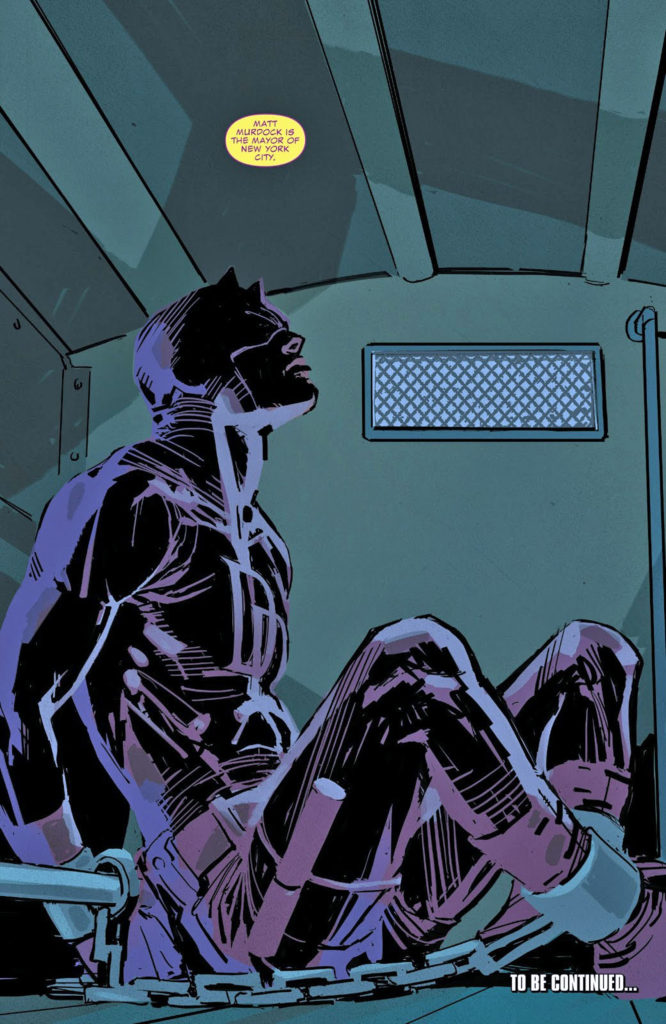Mike Allred — Batusi?
Batman ’66 Meets Steed and Mrs. Peel #5, January 2017
I’ve expressed my appreciation for Mike Allred way back when I started this blog. (Here and here.) His style is lively, clear, clean and “retro” — absolutely perfect for some great covers on DC’s Batman ’66 publishing program.
Batman ’66 seems to have now gone the way of all defunct universes, but before they wrapped up creating new content, they created quite a few fun crossovers with other similarly adventourous 60s TV shows, including The Green Hornet, Man From U.N.C.L.E., and the British TV favorite “The Avengers.”
DC couldn’t call them that of course, so its Batman ’66 meets Steed and Mrs. Peel.
Whatever you want to call them, a full cover Adam West Batman and cast hypnotically doing the Batusi seems like a great addition to a collection.
The Batusi? Well, in 1966, you just had to be there I guess.
The Batusi is performed by making a horizontal V-sign with one’s index and middle fingers of both hands, and drawing them across in front of the eyes, away from the center of the face simultaneously, with the eyes roughly between the fingers. This is performed in time with the music, and is improved upon by continuing to dance with the lower half of the body, simultaneously. — From Wikipedia








